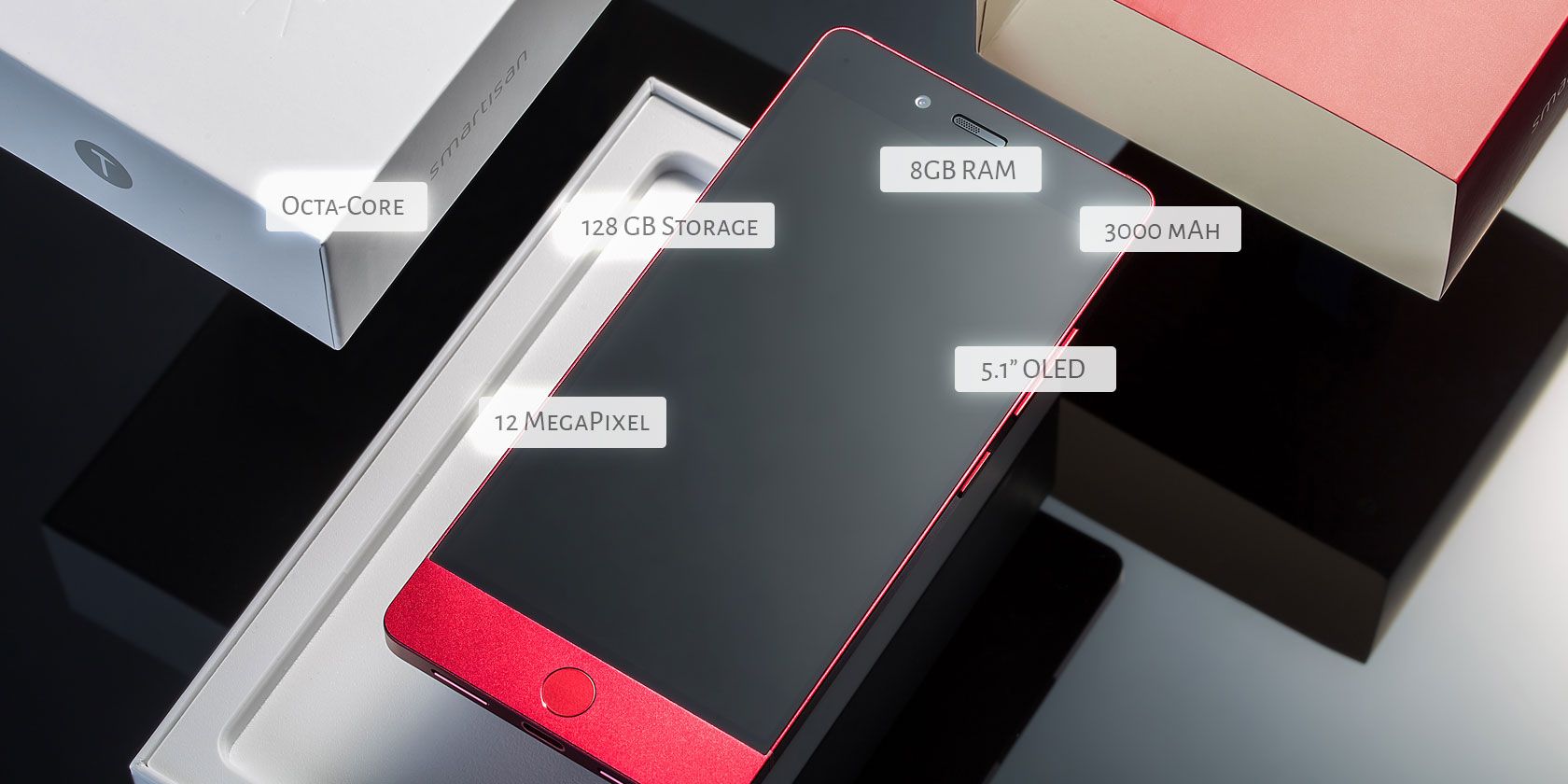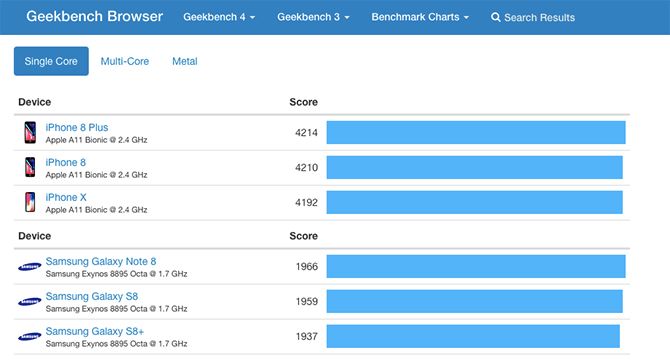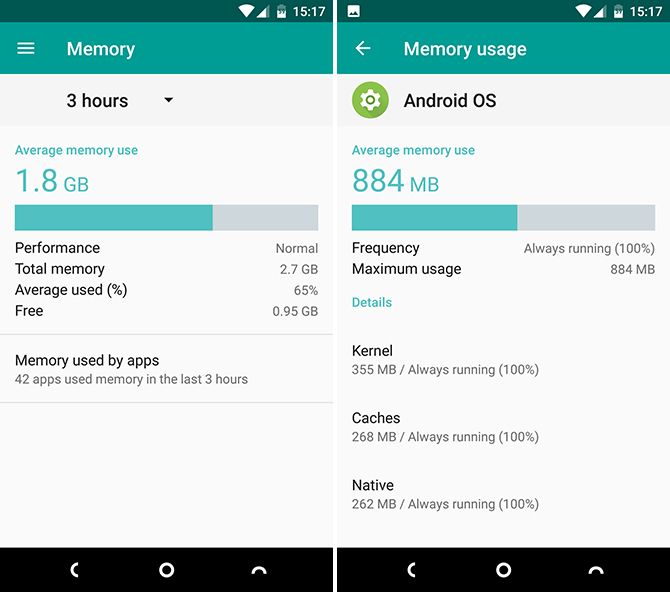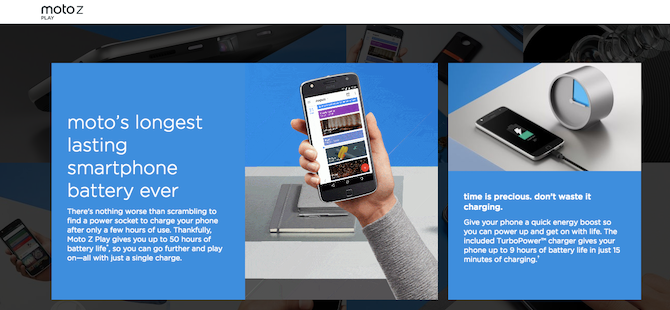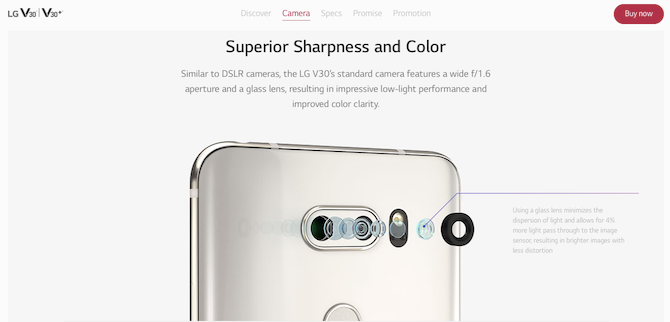As flagship Android phones become more competitive, and the differences between them seem to narrow, marketing teams throw more numbers and jargon at us to convince us of their products' worth.
But it's a mistake to judge phones purely by their specs. It's no longer true to say that the best specs always mean the best device. Flagships might give you the nicest design, built from the most premium materials, but that's all you can guarantee.
Here's how to cut through the marketing hype, and discover why some phones are better (or worse) than they look on paper.
Processor
Processor specs are crammed with numbers, like the number of cores or the clock speed, that show off how fast and powerful it is. In fact, putting an identical processor in two different phones will not result in identical performance.
There are too many other factors at play. The quality of the other components used, how well optimized the operating system is (each phone has its own build of Android), and how the manufacturer has chosen to set up the processor. Some might prefer to tune it more for battery life at the expense of raw power, or vice versa.
And while it's safe to say that a high-end processor is better than a mid-range one, that's only guaranteed for models from the same generation. In some cases, a modern mid-range processor may outperform the flagship processor from a previous generation.
Let's also consider the elephant in the room.
If you've ever compared your flagship Android phone to your friend's iPhone and felt that the iPhone seemed faster, that's because it is. Benchmark tests show that while the two are somewhat comparable in multi-core performance (for power hungry tasks like gaming and shooting high frame rate video), the iPhone is in a different league for single core performance. This covers everyday tasks like swiping, scrolling, and opening apps.
RAM
The amount of RAM in a current flagship phone ranges from 4GB to 8GB. Does that mean the 8GB model is twice as good? No.
Here's the thing about RAM: it's only of value when it's being used. Free RAM is a waste of RAM.
If you're using apps and games that require huge amounts of memory, then, yes, the performance will better than on the 4GB device. But those apps and games don't exist on Android, so assuming you're going to get better performance just because your phone has more RAM couldn't be more wrong. It'll futureproof your phone, but nothing more.
Even on phones with the same amount of memory, performance will not always be the same. The speed and responsiveness of a device is dictated to a large extent by how well optimized the operating system is. Very few devices run a stock version of Android. Instead, manufacturers use their own heavily customized versions with extra features and apps.
Some are more efficient than others. Even after a factory reset, the amount of RAM available will differ from one model of phone to another. And either way, Android is very good at managing memory. So unless you're using a very budget device with limited RAM, you won't have to worry about it at all.
Screen
Screen specs are always packed with jargon designed to impress.
There's OLED and LCD, resolution, pixel density, and so on. And now refresh rate, too. The 120Hz display on the new Razer Phone should deliver a smoother scrolling effect, which could result in improvements to the perceived speed of the phone. Expect more phones to have this in future.
OLED is often regarded as the best display technology due to its greater contrast, dynamic range, and better power efficiency. It's also a must if you want to use Google's Daydream VR system. But at the flagship level, the difference between OLED and LCD might not be as great as you'd expect.
Unfortunately, whatever type you're using, not all displays are made equal.
First, there are potential quality issues. Just recently, we've seen the LG V30 screen exhibiting uneven brightness across the entirety of the display on some units.
And on Google's Pixel 2 XL there has been issues with screen burn in. This is where images that remain on screen for an extended period of time become permanently burnt into the display, and remain visible at all times. Android's status and navigation bars are prime candidates for causing burn in, but it should take many months or even longer to happen.
And then there are the ways that manufacturers set up their screens. Some choose very bright displays with vivid colors, while others prefer a more natural look. There's no right or wrong here, it's all about personal taste. But once you get used to one, the other can be quite off putting.
Battery
When it comes to the battery, bigger is normally better. But as always, it's not quite that simple. A smaller battery doesn't automatically mean poor battery life if it's coupled with well optimized software and an energy efficient processor.
But there are so many factors that affect battery life that it's impossible judge how well a battery will perform from its specs alone. Maybe you're running one of these power-sapping apps. Or maybe you're in an area with poor network coverage, so your phone needs to use more power to maintain a connection.
If your battery is underperforming, there are lots of things you can try to improve it. And don't forget that a battery's capacity diminishes over time. If you find you're getting an hour less screen time than you were a year ago, that may be completely natural.
Storage
The main thing to remember when looking at headline storage specs is that the actual amount of space available to you will always be a lot lower.
Internal storage contains the operating system and pre-installed apps as well, and it'll often account for a good 10GB (or more). That 32GB phone with no SD card slot might be creaking at the seams after six months of use.
One other overlooked detail about storage is its speed. It's rarely mentioned on the spec sheets but can have a dramatic effect on the overall performance of your phone. If you wonder why your phone seems slower after several months of use, one factor could be that the performance of your internal storage is degrading.
The only way to get the lowdown on read/write speeds of phone storage is to check the benchmarks in online reviews.
Camera
Specs have always been used to try and sell cameras, and smartphone cameras are not immune to this. Fortunately, smartphones were spared the "megapixel race" -- the mistaken belief that more megapixels means better pictures -- but there are still plenty of other areas they compete on.
All but the cheapest phone cameras now take decent pictures in good light conditions, so most of the attention falls on their ability to shoot in low light. There are numerous hardware factors that can affect this, but they aren't always as important as they might seem.
The main one is the aperture. This is the size of the hole between the lens and the sensor, and it controls how much light the camera can draw in (it's measured as an f-number, and a smaller number represents a larger aperture).
The LG V30 has the largest aperture on a phone at f/1.6. It captures a third more light than the f/1.7 lens on the Galaxy S8. But that doesn't automatically mean it's better.
A larger sensor also captures more light. So do larger pixels on the sensor. And so does optical image stabilization, which enables the camera to use slower shutter speeds. It's very hard to compare these in a meaningful way, so reducing them to numbers on a spec sheet tells you nothing.
Camera Software
But the hardware isn't even the most important thing in a phone camera. More than ever, it's the software that is responsible for producing images. The HDR+ mode on Google's Pixel phones, for example, takes a rapid burst of shots and blends them together into a single image with high dynamic range and low noise.
The effect is so good that it is able to overcome many of the limitations of the hardware, and surpass those cameras that should be better (based on their specs). Most major phones have similar features, although they don't always work quite so well.
How the software processes images is also important. Some manufacturers produce pictures that are ultra-sharp with vibrant colors that are punchy but not realistic. Others prefers softer, more natural images. The worst cameras have software that delivers flat, digital looking photos that are uninspiring. In these cases, choosing a better camera app might help.
Ultimately, the best way to judge a camera is by looking at sample images and deciding for yourself.
Choosing a Phone
Not so long ago, specs were an important indicator of the quality of an Android phone. Each generation of devices was better than the last, and each bump in specs brought tangible benefits.
But that's no longer true. Smartphone development has largely plateaued. Most phones from $300 upwards will give you an HD display, fast processor, and decent camera. But it's impossible to discern how these details will translate to real world performance. Some mid-range devices far exceed expectations, some flagships disappoint. The Android specs race is over.
Do you still look at specs when buying a phone? What phone do you have, and has it lived up to your expectations? Share your thoughts in the comments.

